Sample information |
|
| Picture |


|
|---|---|
| Location | |
| Collection date | 09/07/2023 |
| Captive / Cultivated? | Wild-caught |
| Group | Hawaii Community College |
| Observations | Three red flour beetles trapped and collected in local office in Kailua-Kona, Hawaii using bug zapper. Used whole arthropod for PCR. |
| Putative identification | Arthropoda Insecta Coleoptera Tenebrionidae Tribolium Tribolium castaneum |
Methods |
|
| Extraction kit | Edwards Buffer |
| DNA extraction location | Whole arthropod |
| Single or Duplex PCR | Single Reaction |
| Gel electrophoresis system | Edvotek Gel Electrophoresis |
| Buffer | TBE |
| DNA stain | SYBR Safe |
| Gel images |
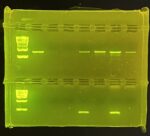
|
| Protocol notes | Gel Information: Well #1: DNA ladder Top half of gel used Arthropod CO1 gene primer. Only the first red flour beetle correctly amplified the arthropod CO1 gene. Bottom half of gel used Wolbachia 16s primer. None of the red flour beetles had a Wolbachia gene amplified. Extracted DNA from three red flour beetles, ran CO1 PCR and Wolbachia 16sRNA PCR on each sample. One tested positive for CO1, did not test positive for Wolbachia. None of the other arthropods tested positive for CO1 or 16sRNA. |
Results |
|
| Wolbachia presence | No |
| Confidence level | Low |
| Explanation of confidence level | Only 1/3 of the beetles correctly amplified an arthropod CO1 gene. DNA was very low quality when sequenced. Not confident in the arthropod results, denucleased water control appears contaminated with arthropod DNA. |
| Wolbachia 16S sequence | |
| Arthropod COI sequence | Download AB1
|
| Summary | The Tribolium castaneum was found to be negative for Wolbachia. |
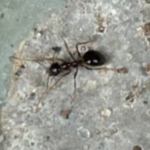 IM P7 #1
IM P7 #1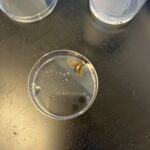 Wolbachia- Moth
Wolbachia- Moth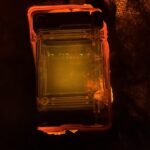 Wolbachia Project
Wolbachia Project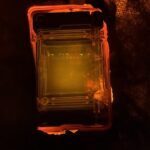 Wolbachia Project
Wolbachia Project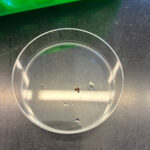 Wolbachia Lab: DNA Extraction
Wolbachia Lab: DNA Extraction